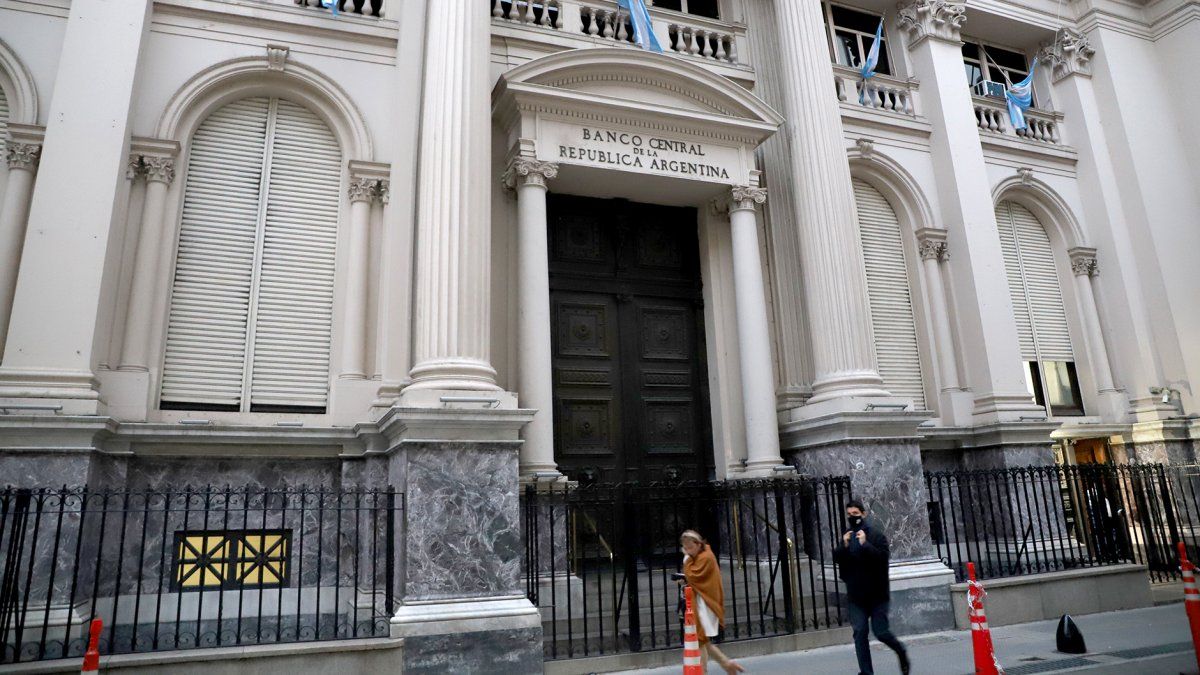“Every placement achieved will have its corresponding CEDIPwhich must be generated by the financial entity at the time of capturing the funds from the deposit or term investment, ”explains the financial regulator in a statement.
“It is an interesting measure because it can generate a favorable impact on the means of payment”, he evaluates in dialogue with Ambit the economist and director of the Center for Alternative Finance of the UCA, Ignacio Carballo. However, he points out that “it is still too early to make an analysis of how much dynamism it will bring in the collaterals for investments actually.”
This is how the Electronic Fixed Term will work
This measure of BCRA enter a new instrument in the digital payment system and expands the savings and investment options, since the new functionalities will allow:
- transfer ownership for the cancellation of obligations –commercial or between individuals
- as well as for its negotiation in stock markets, and/or for the primary offer.
- through its fractioning, transmit amounts less than the original amount, keeping the rest of the placement under the same conditions, thus allowing the holder to obtain liquidity for the amount he needs.
- that at maturity the funds are collected over the counter at the depositary entity or,
- by crediting an account in a different financial institution.
The aforementioned provisions will take effect from July 1, 2023except for the functionalities of installments, transmission for trading in the stock market, and over-the-counter collection, which must be operational since november november.
Carballo explains that the long deadlines for implementation respond to the fact that “this new regulation requires important developments from behind by financial institutions.”
It should be noted that the CEDIP It will be a completely digital instrument that will have the record of all its transmissions with a certain date and will therefore be fully traceable.
Digitization, one of the objectives of the BCRA
With this measure, the BCRA seeks continue promoting the development of transferable fixed termswhich, as of September 2022, represented 12% of the total, while non-transferables (constituted electronically) represented close to 88%.
In this way, the aim is to promote access to liquidity for savers, who, as explained by a market source, “today, if you need to maintain liquidity, you can only go to a common investment fund (FCI)since, with a fixed term UVAyou must wait 90 days to have the money, if you make a traditional one, the waiting period is 30 days and, since everyone now does it online, they cannot even transfer that certificate. “Only if the period is done in a branch fixed, they give the voucher to the saver that they can endorse.
“So, what it does in the first part is to solve the transfer of that certificate, which today is mostly managed by the applications and, meanwhile, the systems are being developed so that it can be divided and do other operations,” explains the source in reference to implementation deadlines.
Finally, it should be noted that this proposal adds to the decision of the BCRA to promote the development of digital means of payment and financing through regulations that facilitate their use, within the framework of which it created new instruments, such as the electronic check (ECHEQ) and the MiPyME electronic credit invoice (FCEM), with the recent implementation of the open circulation system.
Source: Ambito
I am a 24-year-old writer and journalist who has been working in the news industry for the past two years. I write primarily about market news, so if you’re looking for insights into what’s going on in the stock market or economic indicators, you’ve come to the right place. I also dabble in writing articles on lifestyle trends and pop culture news.




